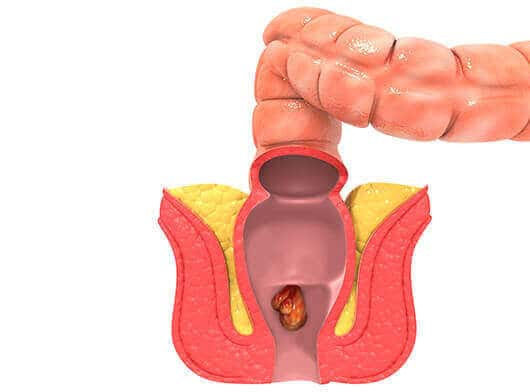Physical Examination - The physician visually examines the anal canal and does a digital rectal examination and anoscopy.
- Procedures
- Laboratory
- Anoscopy: a short, hollow, firm tube called an anoscope is inserted into the anus and lower rectum to give the doctor a clear view of the inner lining. This procedure may also be used to collect a tissue sample for Biopsy.
- Colonoscopy: Colonoscopy may be done to characterise the lesion and rule out additional lesions in the rectum and colon. Colonoscopy uses a thin, flexible tube with a light and tiny video camera on the end of it to look inside the colon.
- Biopsy: A sample of tissue is removed from the suspicious lesion and sent to the lab for further pathological evaluation.
-
Imaging Tests
- CT scan is a diagnostic imaging procedure that uses x-rays to build cross-sectional images of the body. It also helps to identify the spread of cancer.
- Magnetic resonance imaging (MRI) uses the interaction of radio waves and magnetic field, which is processed in a high-speed computer system to produce detailed scan pictures of the tissue, organs, bones, ligament and cartilage. It may be useful in detecting tumors and their metastases. This diagnostic technique offers greater soft tissue contrast than a CT scan.
- PET CT is considered to assess spread to regional nodes or distant metastases to other parts of the body. It provides functional and morphological details by utilizing radiation derived from Isotope labeled Glucose molecules to detect cellular glucose uptake in cancer.
- Blood Tests - Testing for HIV and HPV infections



.png)
